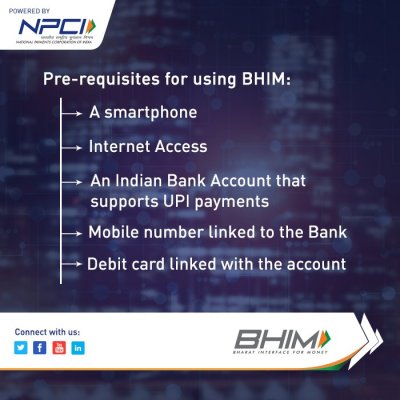Recently citizens were shocked after a video dated 9th April surfaced in which Kashmiri youths were seen assaulting CRPF Jawans who showed extreme restraint and did not react to their constant badgering. This had prompted various sportspersons like Virendra Sehwag, Gautam Gambhir and Mohammad Kaif to come out and show solidarity with the paramilitary forces.
This though didn’t go down well with some, which resulted in Gambhir getting attacked by trolls and Sehwag getting his words twisted by a media house.
A few days after the incident with the paramilitary forces, the army came up with a novel way of dealing with stone pelters and other protesters when it proceeded to tie up a pelter in front of its jeep to discourage others from throwing stones.
This innovative measure by the Army received flak from some commentators from the left but also received the support of the various sports-persons who gave a thumbs up to the Army’s actions.
Wrestler Babita Phogat and Yogeshwar Dutt made statements:
कश्मीर में सेना ने जीप के आगे पत्थरबाज को बाँधा मैं इसका घोर विरोध करती हूँ,??
आजु- बाजु और पीछे भी बाँधो पत्थर तो किधर से भी आ सकता है।☺?? https://t.co/ZYVbzDk42o
— Babita Phogat (@BabitaPhogat) April 16, 2017
जीप पर बैठे शख्श को बेकसूर सिद्ध करने की बातें हो रही हैं
कभी उस सैनिक के बारे मे भी चर्चा करवा दीजिए जिस पर थप्पड़ और लात बरसे।#IndianArmy— Babita Phogat (@BabitaPhogat) April 16, 2017
Security forces should be given free hand to deal with such elements, otherwise it won’t stop: @DuttYogi on CRPF jawan attacked in J&K pic.twitter.com/kdul0ANnQt
— News18 (@CNNnews18) April 16, 2017
Anyone misbehaving with our soldiers should be shot dead: Yogeshwar Dutt
Read @ANI_news story: https://t.co/3YsZTpAdcS pic.twitter.com/bIM6FifF4L
— ANI Digital (@ani_digital) April 16, 2017
Even ex-army person and athlete Surendra Poonia also made a strong statement:
Those idiots who celebrate n support #StonePelters n separatist r no less than terrorists !They r parasite eating nation from inside @adgpi https://t.co/dKfFBZcxhd
— Surendra Poonia (@MajorPoonia) April 15, 2017
The support by the above sportspersons is also commendable for another reason. Recently during the Gurmehar Kaur fiasco, both Yogeshwar Dutt and Babita Phogat were targeted for protesting against anti-Indian statements. But the high pitched ridicule and abuse doesn’t seem to have deterred them and they haven’t held back from taking the so-called politically incorrect line. Let’s hope the “hardly literate” athletes don’t earn the wrath of Javed Akhtar again.





















